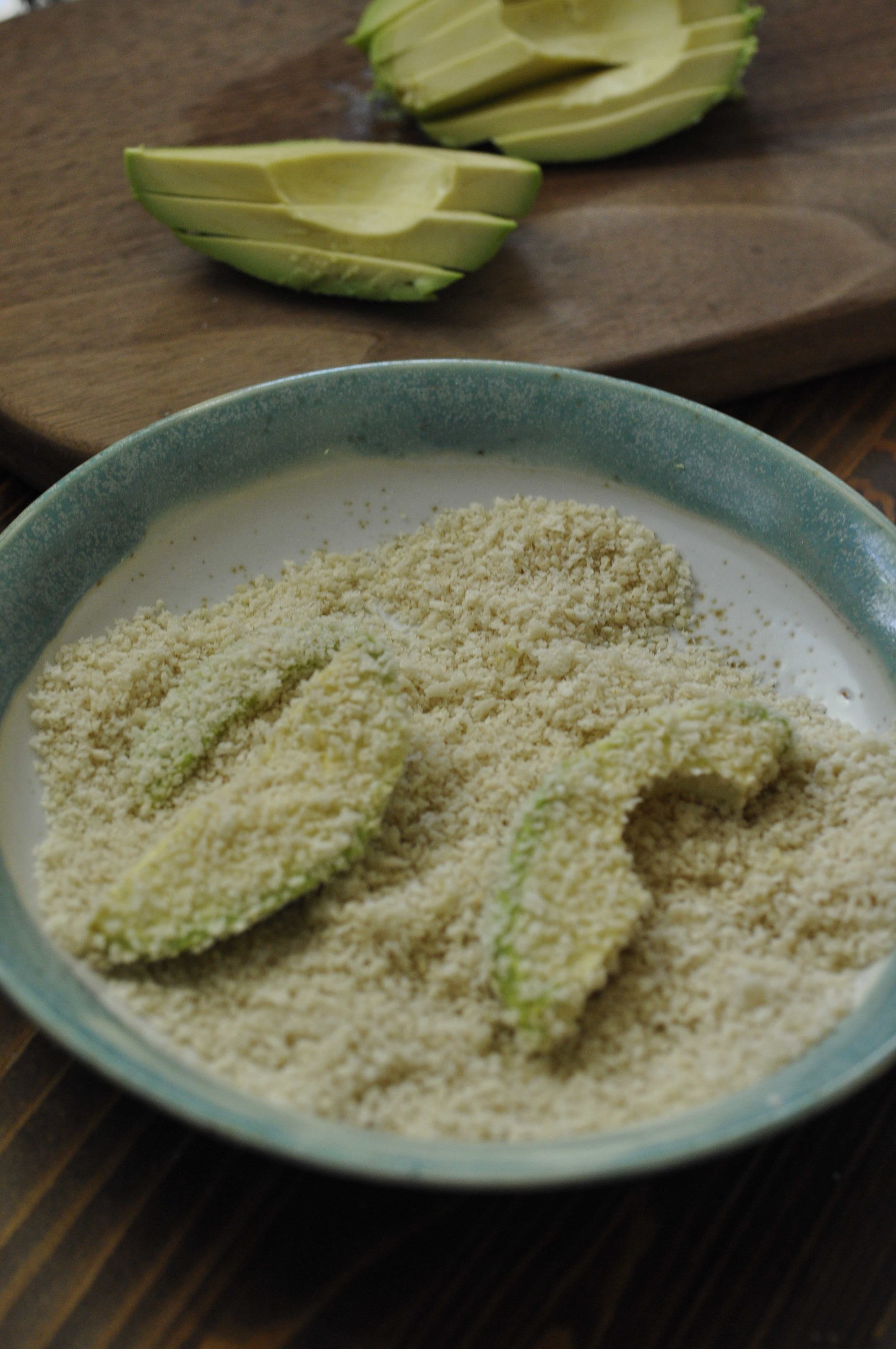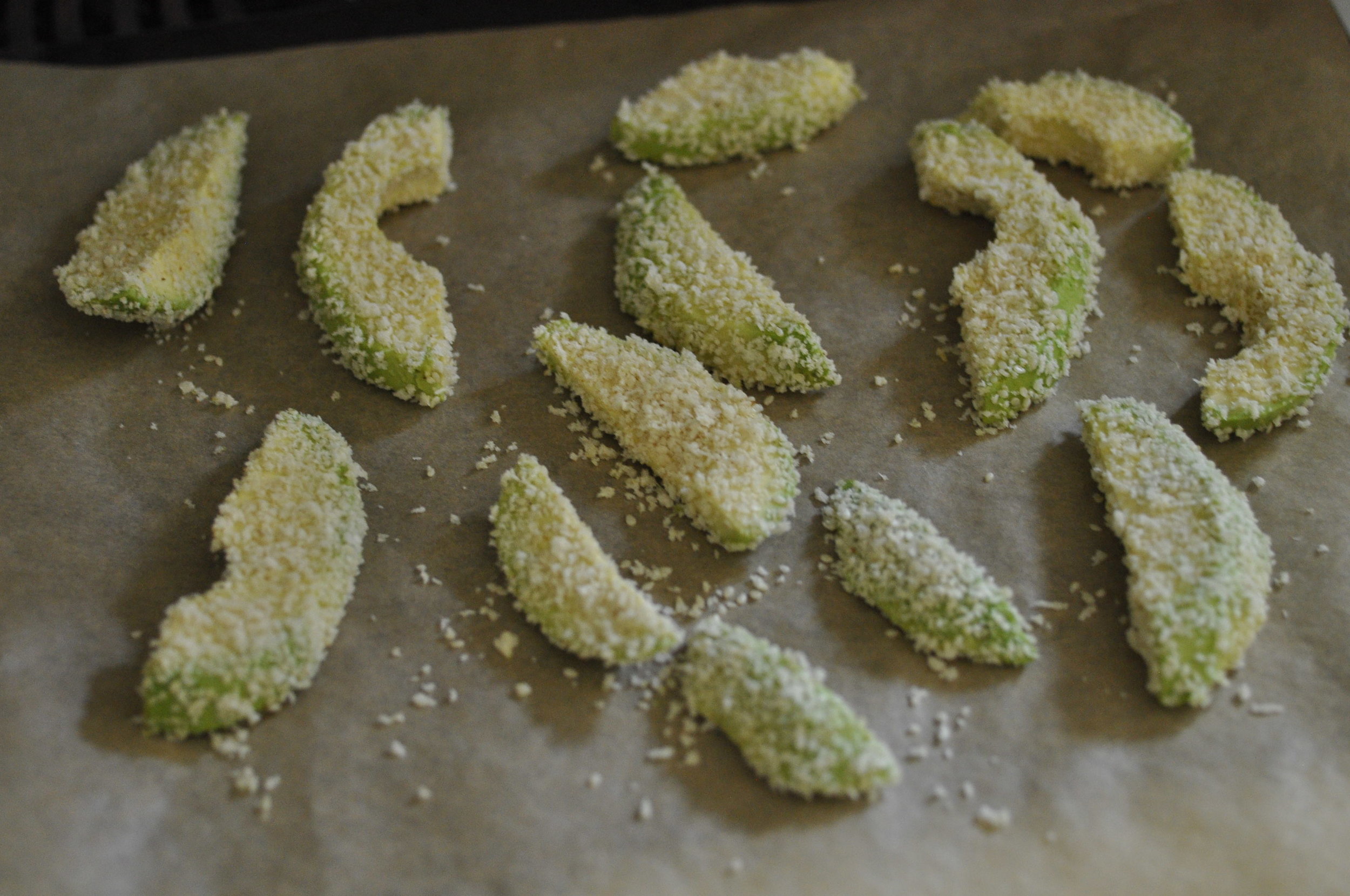Reality check - not everyone makes Instagram-worthy, picture-perfect, homemade, from scratch meals all of the time. I know I don’t. So, I’m sharing my top four go-to orders in popular fast-casual restaurants. But before you read on, you must know that these meals are for my needs and your needs are different. This list isn’t meant to be copied. Instead, it’s meant to give you a look inside the brain of a dietitian at a fast-casual restaurant to help you make decisions that will not only result in a delicious meal, but will also help you feel satisfied and nourished.
Moe’s or Chipotle
The build your own, tex mex options are some of my favorites because I love beans, cheese, spicy peppers…all of it.
What I’m Ordering: Burrito Bowl or Taco Salad
Why: I love nachos, so when I want the flavor of nachos without the chips, I order a burrito bowl or taco salad. It’s essentially the same thing without the chips. Start with a leafy green base, add beans, and I usually skip the rice since I’m not the biggest fan of rice. Load up on veggies and a plant-based protein like tofu. Top with salsa and a choice of guac or sour cream.
Panera
Panera is everywhere and they’re really stepped up their options in the last few years. I love the self-order kiosk because I can see every ingredient and can make modifications to my meal easily.
What I’m Ordering: You Pick 2 with Soup and Salad
Why: Variety is number one. I enjoy that I can get multiple flavor combinations with the soup and salad. I also know that I love the multigrain roll and I would rather enjoy that on the side with soup than have that same bread as a part of a sandwich. This has to do again with flavor. I know that if I order a sandwich, I will still want the roll, so it’s worth it to me to skip the sandwich and eat a roll along with the soup and salad instead. I’ll mix-up the soups, but usually go for one that’s vegetarian with mostly a plant-based source of protein like beans. Salads vary, but I always remove the fried toppings since the other toppings are enough to satisfy the flavor I’m looking for in a salad.
Starbucks
Coffee is a must in my life, but surprisingly, Starbucks is also a go-to when looking for food on the road or in the airport.
What I’m ordering: Protein Box or Egg White, Turkey Bacon Sandwich
Why: The Starbucks Protein Box is great because it has apples, peanut butter, a delicious roll with raisins, eggs, and cheese. It’s like a little bento box and it’s convenient for eating on the go. I’ve also stashed the peanut butter packet to eat later if I’m not hungry. Pick up a banana while you’re at Starbucks if you want a snack of banana and peanut butter later. The breakfast sandwich has nothing to do with the egg whites. It’s more about the lean protein in the turkey bacon versus a sausage option and the whole grain muffin. If they put a full egg on this sandwich I wouldn’t be mad (and in fact would prefer). But this works if you’re looking for a filling option with whole grains.
Subway
I’m not in this sandwich chain often, but on long road trips this makes for a good staple if nothing else is available.
What I’m Ordering: Veggie sandwich with cheese on whole wheat bread
Why: Vegetables, vegetables, and more vegetables. I add flavor with vinegar and oil plus mustard and black pepper.







